
|
|

|
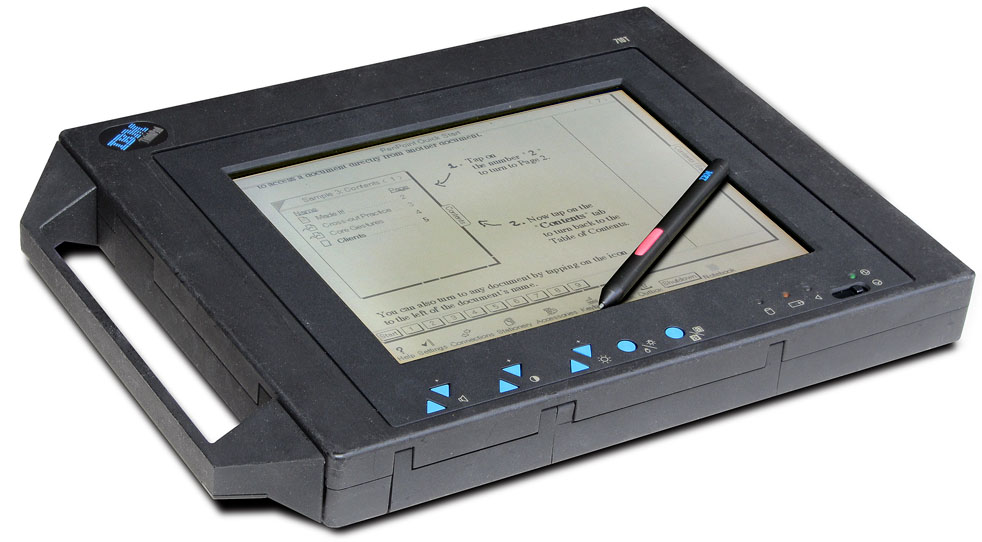
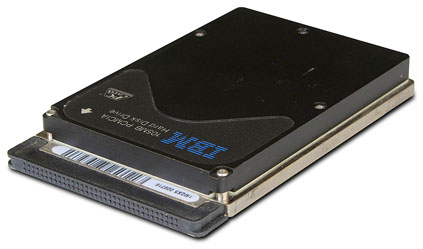 While an external floppy drive was available, non-volitile data storage is via built-in hard drive,
or PCMCIA slots, which are accessible without opening the main unit.
Earlier systems utilized the then-new
SunDisk "Solid State Mass Storage System"
SSD (Solid State Drive) cards, but the 730T and 730TE systems had an actual removable spinning disk hard drive, but still using the PCMCIA interface.
The first SunDisk SSD cards were available in 5MB ($649), 10MB ($1,099), and 15MB ($1,499) sizes. SunDisk soon changed their name to
SanDisk however, to avoid problems with
Sun Microsystems.
While an external floppy drive was available, non-volitile data storage is via built-in hard drive,
or PCMCIA slots, which are accessible without opening the main unit.
Earlier systems utilized the then-new
SunDisk "Solid State Mass Storage System"
SSD (Solid State Drive) cards, but the 730T and 730TE systems had an actual removable spinning disk hard drive, but still using the PCMCIA interface.
The first SunDisk SSD cards were available in 5MB ($649), 10MB ($1,099), and 15MB ($1,499) sizes. SunDisk soon changed their name to
SanDisk however, to avoid problems with
Sun Microsystems.
| Model | CPU | Price | Data Storage | OS | Ports | Weight |
| 1992: 2521 (2521) | 20MHz 80386SX | developer series | 4-8MB RAM 10MB SSD X2 | GO PenPoint | floppy parallel serial keyboard modem | 2.8kg / 6.3lbs |
| 1992: 700T (2521) | 20MHz 80386SX | $4,795-$5,395 | 4-8MB RAM 20MB SSD | GO PenPoint | floppy parallel serial keyboard modem | 2.8kg |
| 1993: 710T (2523) | 25MHz 80486SLC | $2,999-$3,699 | 4-12MB RAM 60MB HD or SSD cards | CIC PenDOS GO PenPoint | floppy parallel serial keyboard mouse video | 2.5kg / 5.5lbs battery: 0.7kg / 1.5lbs |
| 1994: 730T (2524) | 33MHz 80486SX | $2,569-$3,429 | 8-24MB RAM 105MB HD or SSD cards (3 PCMCIA, 1 DRAM) | CIC PenDOS Pen for OS/2 Windows for Pen GRiD PenRight! | port replicator | 1.8kg / 4lbs batteries: 0.5kg / 1.0lbs |
| 1995: 730TE (2524) | 75MHz 80486DX4 | $2,849-$3,499 | 8-24MB RAM 260MB HD or SSD cards (3 PCMCIA, 1 DRAM) | CIC PenDOS Pen for OS/2 Windows for Pen GRiD PenRight! | port replicator | 1.8kg / 4lbs batteries: 0.5kg / 1.0lbs |
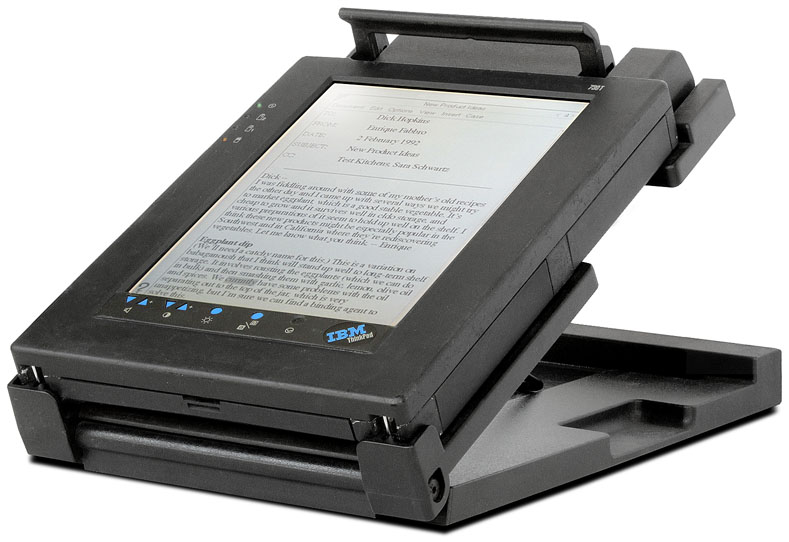


IBM 710T motherboard "front" 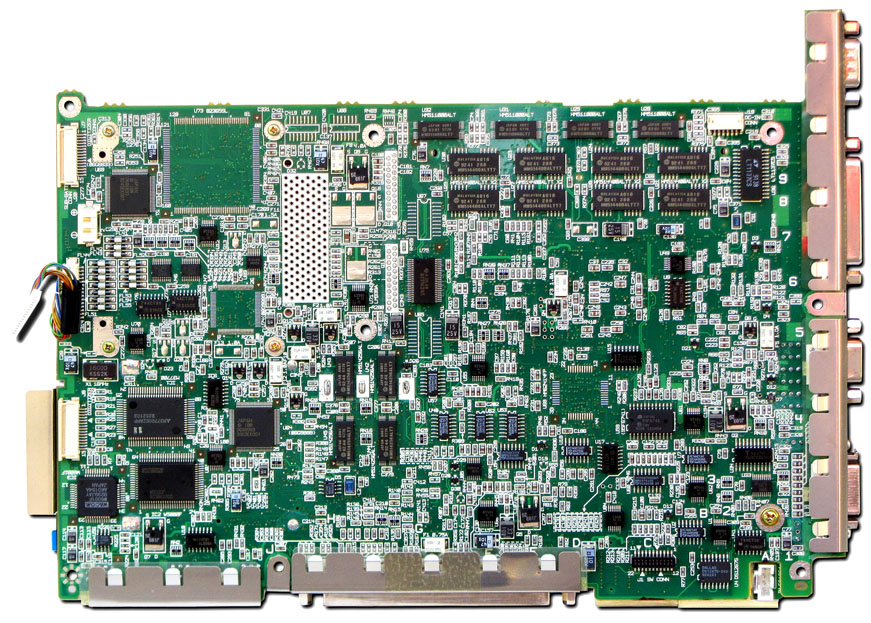
IBM 710T motherboard "back" |
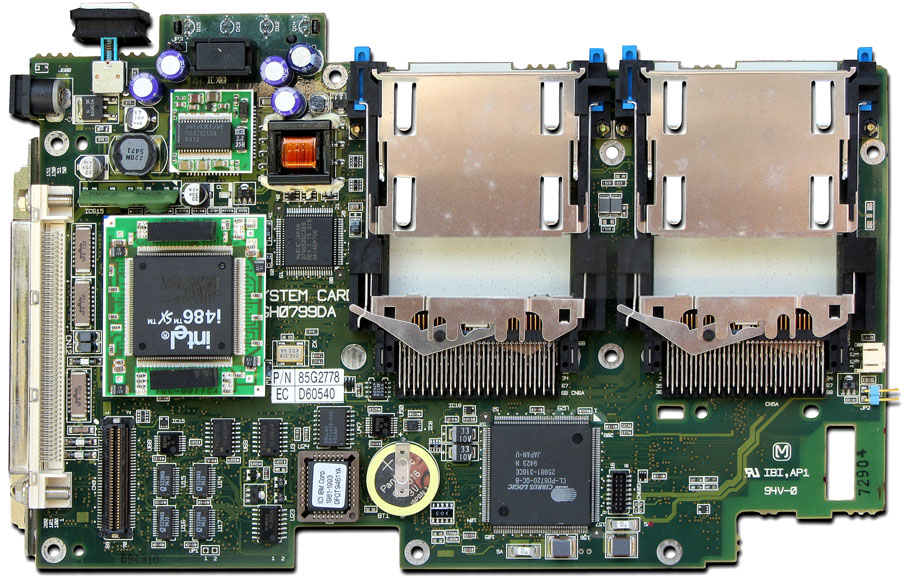
IBM 730T motherboard "front" 
IBM 730T motherboard "back" |